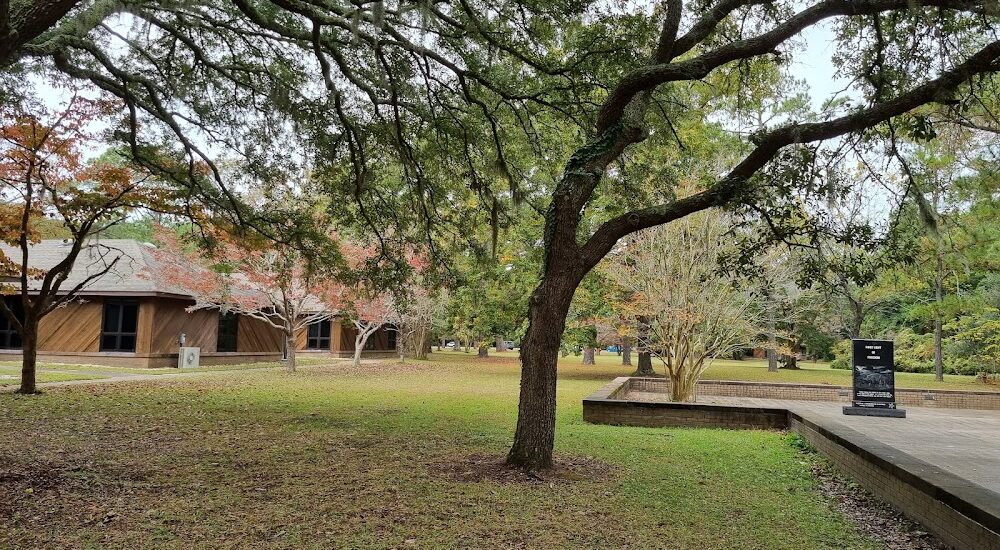Welcome to the First English Colonies Historical Marker in Manteo, North Carolina, a site that whispers tales of early English endeavors in the New World. This marker commemorates the attempts by the English to establish a foothold on Roanoke Island, which was named after the Roanoke, a Carolina Algonquian people who lived here long before the arrival of Europeans.
The story begins in 1584 when Sir Walter Raleigh received a charter from Queen Elizabeth I to explore and settle lands in the New World. In 1585, the first group of English settlers, led by Sir Richard Grenville, arrived on Roanoke Island. This initial colony faced numerous challenges, from food shortages to conflicts with Indigenous peoples, and eventually returned to England.
Undeterred, a second group of settlers arrived in 1587, led by John White. Among them was Eleanor Dare, who soon gave birth to Virginia Dare, the first English child born in the Americas. However, as Governor White returned to England for supplies, the looming threat of war with Spain delayed his return. When he finally made it back in 1590, the colony had vanished, leaving behind the mysterious word ‘CROATOAN’ carved into a tree.
This enigmatic disappearance, often referred to as the Lost Colony, remains one of America’s oldest unsolved mysteries. Theories abound, ranging from integration with local tribes to relocation or demise due to harsh conditions. Visitors today can explore these possibilities through performances and exhibits at the nearby Fort Raleigh National Historic Site.
Roanoke Island thus stands as a testament to the resilience and ambition of early English settlers. Even though the colony did not survive, it paved the way for future settlements, including Jamestown in 1607, which became the first permanent English colony in America. The historical marker here serves as a poignant reminder of these early efforts and the mysteries that continue to intrigue us.





